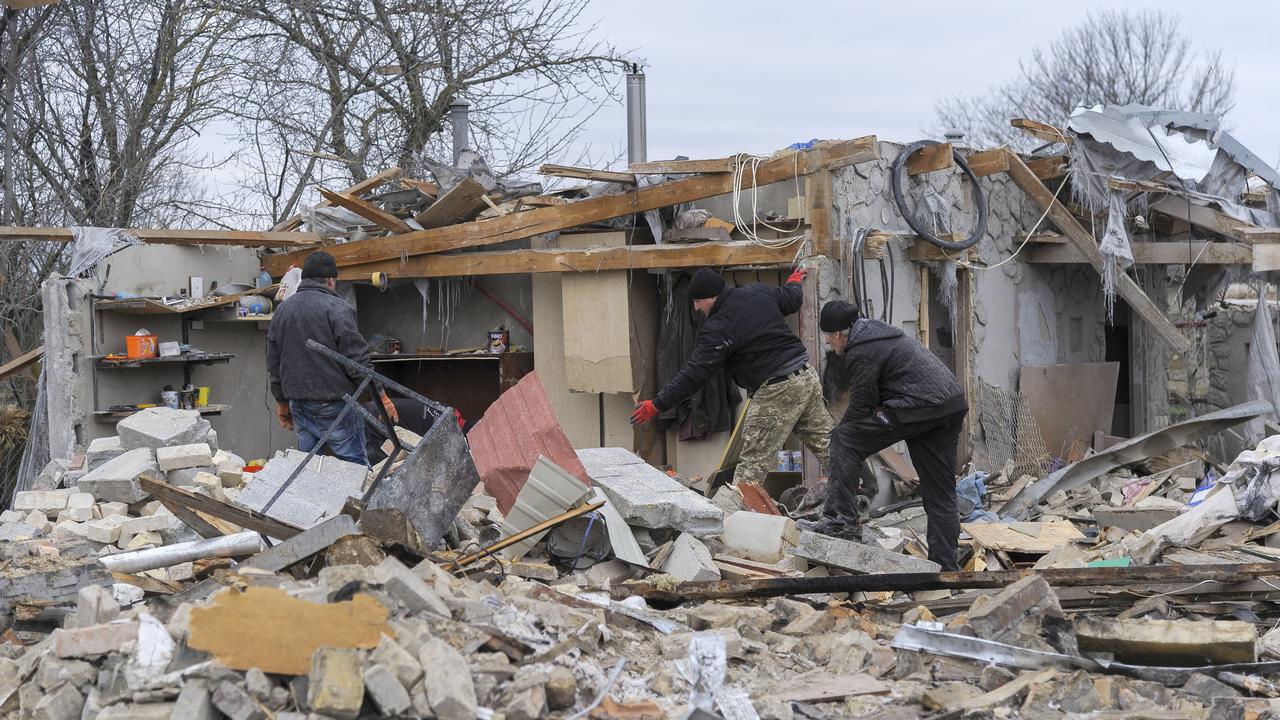
This article was last updated on May 25, 2023
Canada: ![]() Oye! Times readers Get FREE $30 to spend on Amazon, Walmart…
Oye! Times readers Get FREE $30 to spend on Amazon, Walmart…
USA: ![]() Oye! Times readers Get FREE $30 to spend on Amazon, Walmart…
Oye! Times readers Get FREE $30 to spend on Amazon, Walmart…
Table of Contents
Background
The ongoing war in Ukraine has not only caused a significant human toll but also a massive financial burden. Since the conflict began, more than 200 billion euros worth of Russian assets have been frozen by the European Union. Among these, the Russian central bank’s accounts make up the bulk of the amount: while 24 billion euros of the remaining funds come from Russian individuals, fifteen hundred companies are responsible for the rest. However, the EU has been restricted in its freezing of monies to instances where criminal activities, such as evading sanctions, can be proven.
The Plan
The EU is investigating whether these frozen assets can be legally utilized to aid the battered Ukrainian economy. Since using these funds for Ukraine’s reconstruction is prohibited under existing laws, member states are considering investing the liberated funds and donating their future proceeds to Ukraine. The G7 summit that took place in Japan last week reiterated Europe’s stance that Russia should take responsibility for the damage that the ongoing conflict has caused.
The Significance
Given the extent of damage caused by the ongoing war in Ukraine, it is important to mobilize funds for the reconstruction of the country. The EU’s move to liberate frozen Russian assets is significant, as with Ukraine’s economic situation, even a small amount of financial assistance can go a long way. Moreover, the move to invest the assets and donate their proceeds to Ukraine would ensure that the marginalized economy can have a sustained stream of resources. Additionally, the move to hold Russia accountable for the war’s effects will put pressure on the country to stabilize the Ukrainian economy, which in turn would contribute to promoting peace in the region.
Conclusion
With Europe grappling with many critical issues such as migration and terrorism, using frozen Russian assets from Ukraine for its reconstruction would be a significant way to address the crisis without incurring further costs. Investing in these funds and donating the future streams of income to Ukraine would also have a longer-term impact, helping the economy to recover and bring stability to the region. Europe’s commitment to forcing Russia to take responsibility and pay for the war’s aftermath is significant, and will ultimately play a critical role in promoting peace in the region.

Be the first to comment